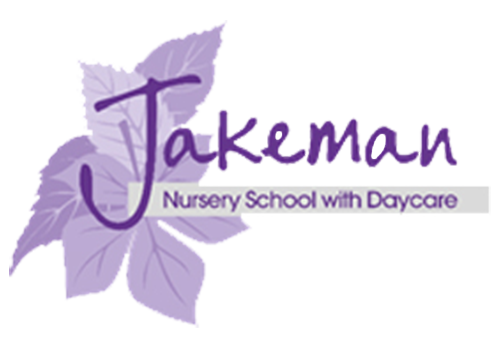The influence of Reggio Emilia
The design of the physical spaces in Nursery has been influenced by the pre-schools of Reggio Emilia in Northern Italy where emphasis is placed on creating beautiful environments to support children’s emotional, cognitive and social development.
“There are three teachers of children: adults, other children and their physical environment.”
‘It has been said that the environment should act as a kind of aquarium which reflects the ideas, ethics, attitudes and life-style of the people who live in it.’
(Malaguzzi, 1998)
Image of the child
At Nursery children are viewed as strong, competent individuals with their own ideas and theories about the world around them. The Nursery environments is designed, arranged, equipped and resourced to support this image of children.
Spaces within Nursery
Children and adults experience the world through all their senses: seeing, hearing, touching, smelling and tasting. Mostly the colours of the walls in Nursery are subtle and neutral with not too much stimulation. Most of the furniture is made of natural birch wood.
The layout of the environment promotes relationships, communication, collaboration, and exploration through play. Materials are thoughtfully added to the environment to promote creativity, thinking and problem solving skills, questions, experimentation and open-ended play. There are zoned areas for
- painting
- malleable materials like clay, sand and water
- fixing and attaching including woodwork and junk modelling
- construction including wooden blocks
- sharing books
- cooking and eating
- resting and sleeping
- group times.
Classrooms
The classrooms are designed as places of experimentation and discovery. Children are able to access resources independently from open low shelving. Resources are sorted and ordered into trays so that children can select. At first the children may select from a limited number of choices. As children learn to care for the environment and become more experienced exploring resources children access a wider choice.
Beautiful things surround the children and are stored on higher shelving. Tools like scissors are graded to support skill development. There is direct access to the outdoors.
Provocations are often set-up by teachers, after observation of the children, to encourage discussion, exploration, experimentation, interest, and thinking.
Provocations could be:
- An object ie, a map
- A concept i.e. change
- Nature e.g. children's fascination with sticks
- A question from the teacher
- Questions from the children
- A song
- An event
- A book
- An interest that a child or group of children have




